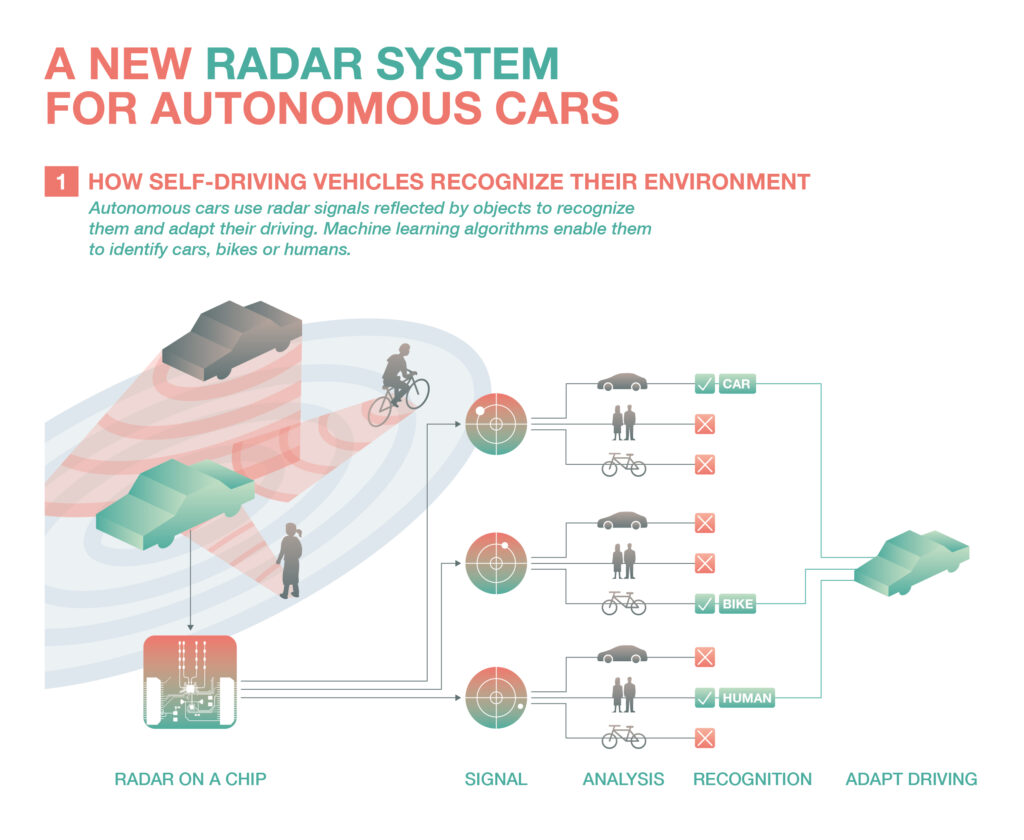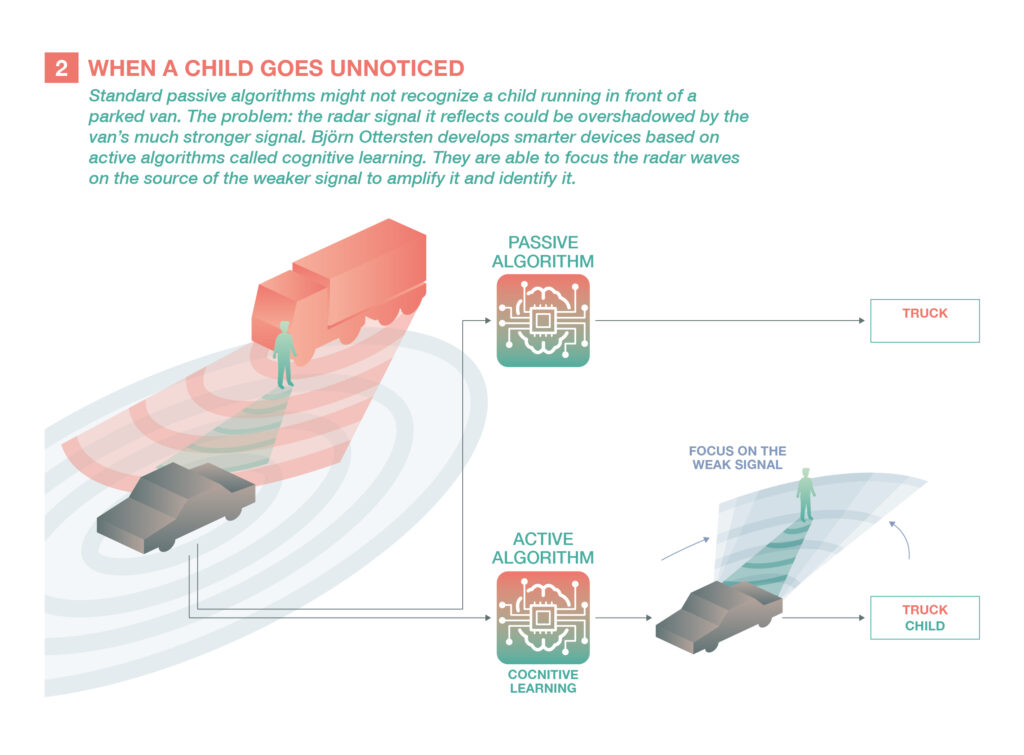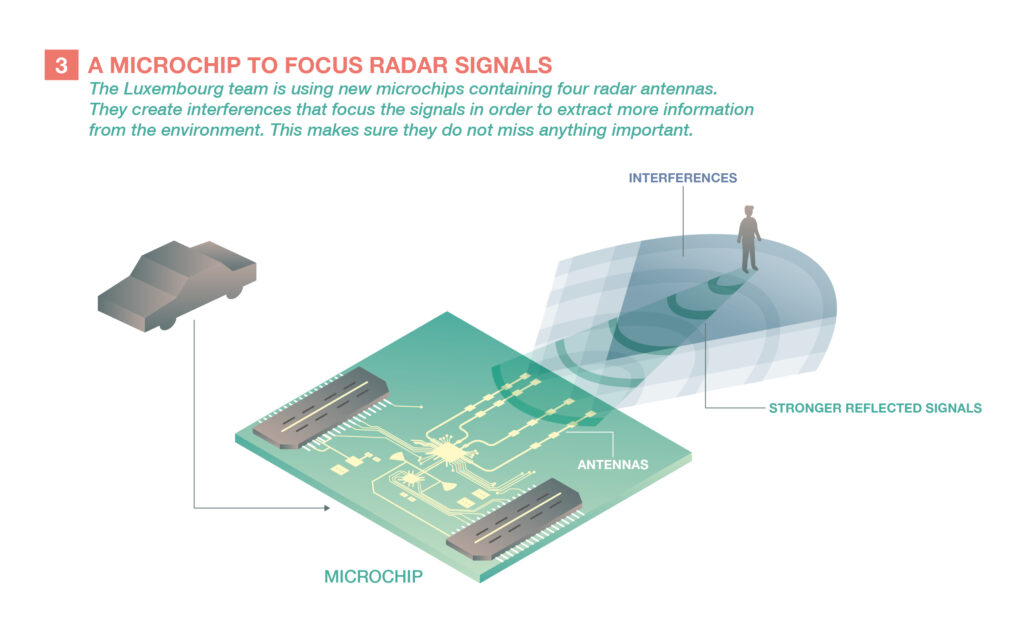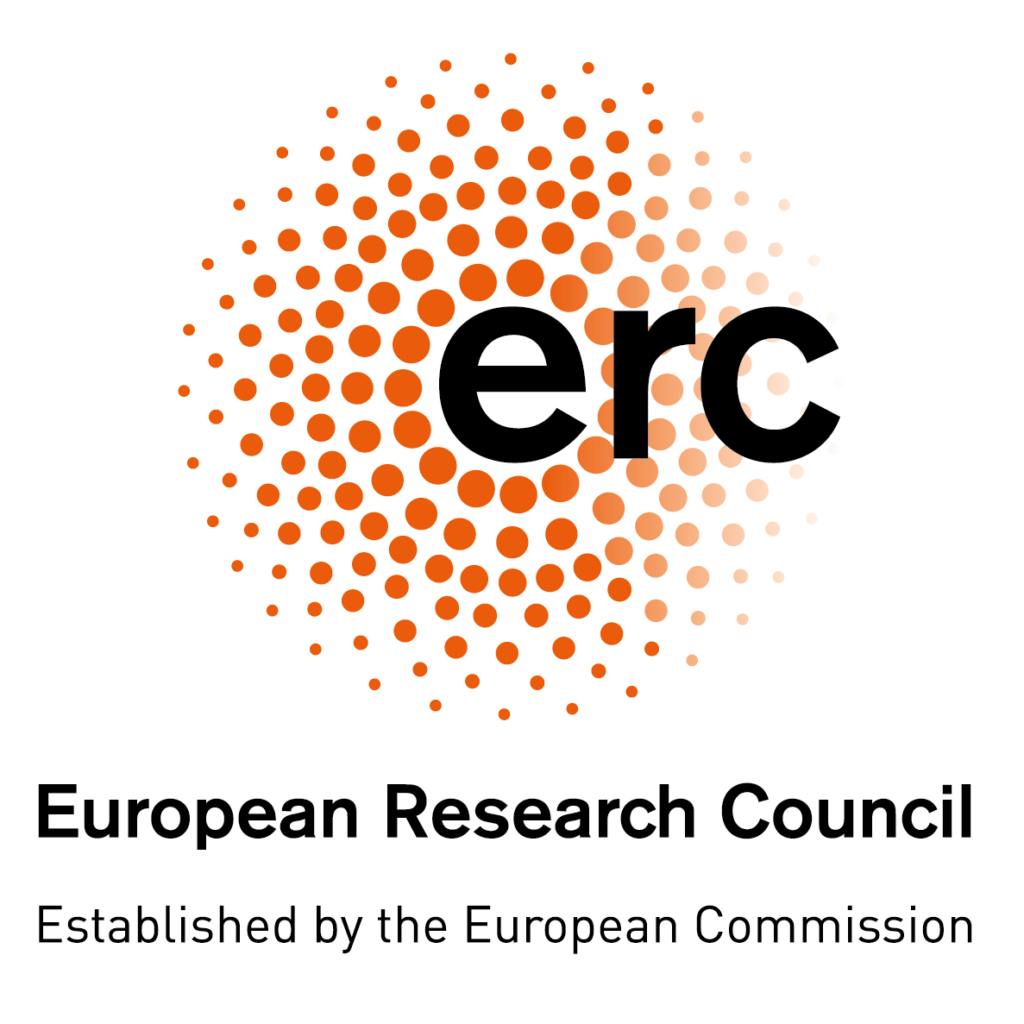BACK TO RESEARCH WITH IMPACT: FNR HIGHLIGHTS
BACK TO RESEARCH WITH IMPACT: FNR HIGHLIGHTS

Machine learning algorithms seem all-powerful, but still function passively: they merely analyse the data they are fed with. Björn Ottersten makes them smarter by letting them actively probe their environment. His work aims to improve sensors of self-driving cars, sharing of mobile bandwidth and Internet traffic.
Thirty million kilometres: this is the impressive distance travelled by Waymo’s autonomous cars, a company launched by Google in 2016. Enough to make 6 000 round trips between New York and Los Angeles. This feat is one of the most striking examples of the power of machine learning. It allows algorithms to learn to recognise and interpret the car’s environment: road signs, other vehicles, pedestrians, construction sites.
But this essential technique of artificial intelligence can be improved, says Björn Ottersten, the director of the Interdisciplinary Centre for Security, Reliability and Trust (SnT) at the University of Luxembourg: “For now, most machine learning algorithms work passively. They analyse huge sets of data to establish links until they can reproduce the correct behaviour by understanding that a certain combination of sensory signals demands a reduction of the ‘car’s speed. After that, it is set to work, but it cannot readily adapt to new conditions.”
Professor Ottersten, an electrical engineer by training, wants to make algorithms smarter by making them active and letting them probe the environment when the situation demands it. “That’s what humans do: we constantly probe our surroundings to gather more information, for example, by moving our head to get a new perspective or talking to others to get insights from them.”
His group is applying this concept in three concrete applications: helping radar systems, such as the ones found in autonomous vehicles, detect sudden changes in their surroundings, sharing bandwidth in the mobile cellular network, and accelerating the delivery of large files online, such as videos.
Focussing the radar
To perceive their environment, self-driving cars use a combination of sensors, such as cameras and radars. The latter send out radio waves and analyse the reflected signals, much like bats navigate obstacles in a cave or like an echography image the interior of the womb.
Ottersten’s team is developing a system to allow radars to focus extremely fast on any object that requires a more detailed analysis, such as a child chasing a balloon and jumping on the road from behind a van. The van reflects waves so strongly that they might obscure the child’s signal, making it difficult for the algorithm to interpret these waves correctly as coming from a person, estimating their movement and velocity to adapt and prevent an accident.
The system developed in Luxembourg will send waves at a rapid rate, analyse the returning signal and decide whether to concentrate on an object. It will then iteratively focus more and more on the object, providing the self-driving car with more information.
The team is collaborating with IEE, a sensor company based in Luxembourg, to develop the system. “We anticipate the arrival of cheap microchips on the market that contain several integrated radar antennas and transceivers. This allows the radio wave to be rapidly shaped, focused on one or several points, in order to extract more information from the scene. The end result is much more detailed imaging the environment.”



Share my bandwidth
The Swedish-born researcher pursues a similar approach of adaptive intelligent systems to optimise the use of the cellular network, in collaboration with SES, a satellite operations company based in Luxembourg. “The usage of bandwidth is currently not yet optimised,” he explains. “An operator can sublet part of its allocated radio band to a second operator, as long the quality of its services is not impacted. Consequently, the second operator does not dare to use its share as much as it could.”
His team develops a probing method which continuously tries out various ways of sharing the bandwidth by allocating a different combination of frequency, signal power, location and time slots. The scientists can then look at the impact on the first operator and learn iteratively which combination works.
In a third project, the research team tries to improve the online delivery of large files, such as videos. It works when the use is not time-sensitive, such as watching a movie, not for streaming live events. The idea is to use the popularity of different contents and the regional demographics to estimate which file might be heavily downloaded in certain regions and at certain times, similarly to recommendation algorithms on shopping websites. The files are downloaded to servers located close to the users ahead of time when the network is off-peak – a process called caching.
This approach saves network resources because the files travel shorter distances when the content is accessed, which usually happens at similar times. In this case too, algorithms will test different guessing approaches and look at the impact on the network, constantly learning to adjust their strategy.
The meeting of two worlds
Björn Ottersten says he’s convinced that machine learning, while already extremely powerful, might be further improved:
“We can augment the data-driven, bottom-up approach with a modelling of our understanding of the real world, a top-down perspective. Take the self-driving car: it has learned from the millions of kilometres it has driven, but this is mainly valid for the precise sensors which were used. It is unclear how well the algorithms will perform once you change the type or placement of sensors.
To solve this question, one can let the car travel virtually in a simulated world based on models to test the effect of such changes. This is what inspires me to develop a more active artificial intelligence which interacts with its environment.”
About the European Research Council (ERC)

The European Research Council, set up by the EU in 2007, is the premiere European funding organisation for excellent frontier research. Every year, it selects and funds the very best, creative researchers of any nationality and age, to run projects based in Europe. The ERC offers four core grant schemes: Starting, Consolidator, Advanced and Synergy Grants. With its additional Proof of Concept grant scheme, the ERC helps grantees to bridge the gap between grantees’ pioneering research and early phases of its commercialisation. https://erc.europa.eu/
More features in this series
